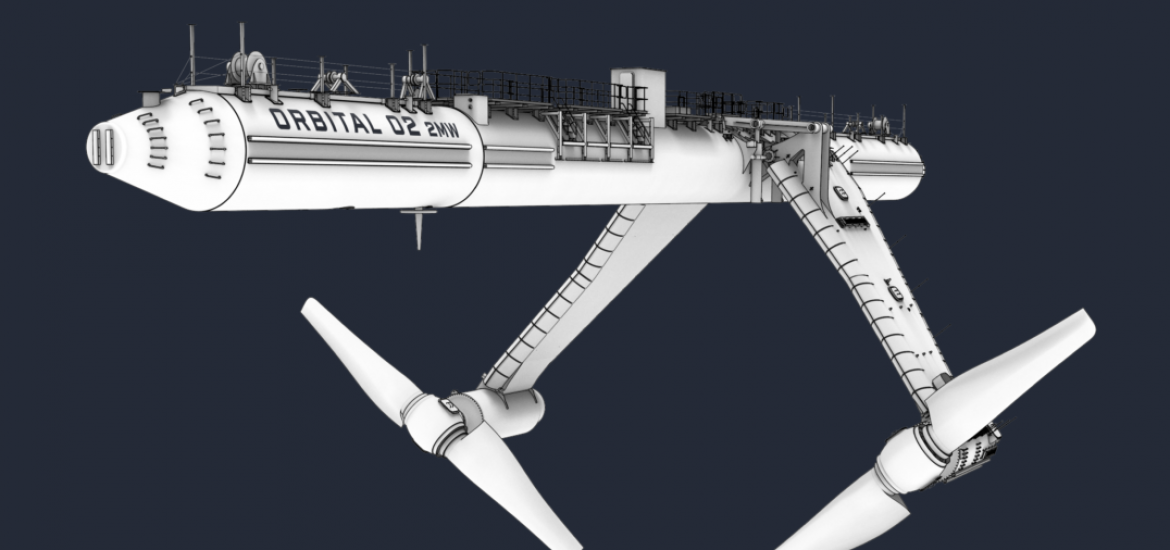
The Scottish government says it is injecting £3.4 million into the world’s most powerful floating tidal turbine.
Scottish engineering company Orbital Marine Power has been awarded the money as the first recipient of the Scottish government’s £10 million Saltire Tidal Energy Challenge Fund.
The funding is intended to be used to deliver the next-generation O2 2MW Floating Tidal Energy Turbine, which the authorities says was capable of powering more than 1,700 homes per year.
Scotland’s energy minister, Paul Wheelhouse, said: “We have established a world lead in marine renewable technologies and this project represents a significant step forward in technological development. We are delighted this landmark turbine, designed by an innovative Scottish company, will also be built in Scotland.
“We believe tidal energy technology can not only play an important role in our own future energy system, but it has substantial export potential and this fund will help move tidal technologies closer to commercial deployment.
“However, the large scale roll-out of both tidal and wave energy technologies has been harmed by the UK Government’s decision in 2016 to abandon its commitment to provide ring-fenced funding support.
“UK ministers must act quickly to provide revenue support for this exciting and innovative sector requires to achieve its economic potential.”
Orbital’s CEO Andrew Scott said: “We greatly appreciate the Scottish government’s ongoing commitment and support for tidal stream energy, and this award will enable us to deliver a truly exciting and transformational project and continue the proud tradition of Scottish innovation and engineering.
“The O2 project will demonstrate how this emerging industrial sector has the ability to deliver new jobs and open up diversification opportunities for the UK’s supply chain in a growing global market whilst pioneering solutions for a zero-carbon future.”
The £10-million tidal fund, which supports the development of tidal energy in Scotland by driving innovation and cost reduction, was announced in February this year and is open until December 6.
The 72-metre-long O2, capable of generating more than 2MW from tidal stream resources, will be built in Scotland and installed at the European Marine Energy Centre in Orkney. Its turbine rotors can be turned 360° to allow power to be extracted from both tidal directions.
The device is due to be manufactured by Scotland’s Texo Group on Dundee’s docks. Key components will be delivered by Gray Fabrication in Cupar using material from Liberty Steel in Motherwell.
Scotland has an estimated one-third of the UK’s tidal stream resources and two-thirds of the UK’s wave resources. Marine energy resources can provide renewable energy generation as part of the response to the global climate emergency.






The absolute tragedy of qualified, time-served engineers believing in ridiculous technologies like this and honestly believing they are doing something for the environment and the futures of the young members of their extended families.
Per unit of intermittent, low-carbon electricity generated, the capital cost of tidal devices will be at least 4X greater than onshore wind and onshore wind has a capital cost 2X that of the Sizewell C nuclear power plant, which generates 24/7, low-carbon electricity.
A technology with a high capital cost has a dark side which obfuscation cannot control – there is no hiding place. All of you would be do-gooders – board members; investors; designers; technologists; engineers; workpeople – discuss this with the younger members of your families:
Search for: “powerful ngos, well-rewarded lobbyists, industry bosses”